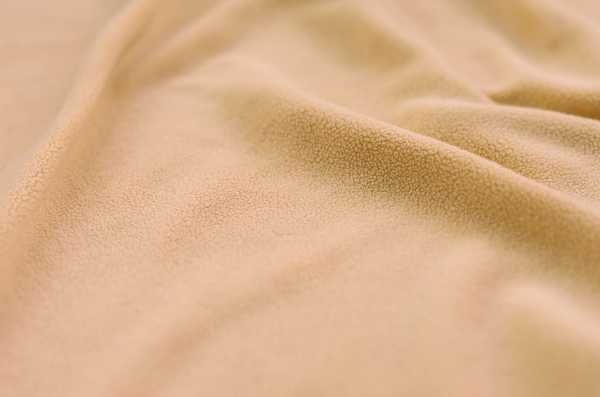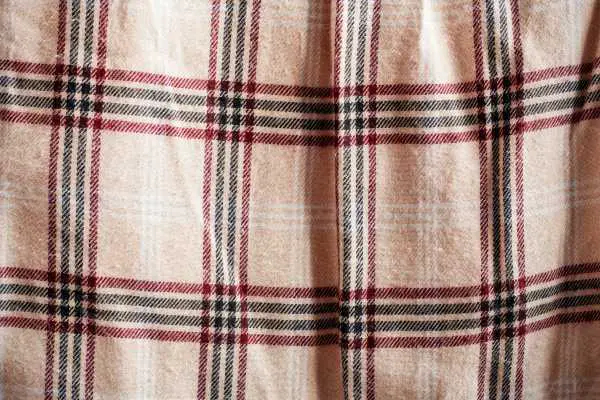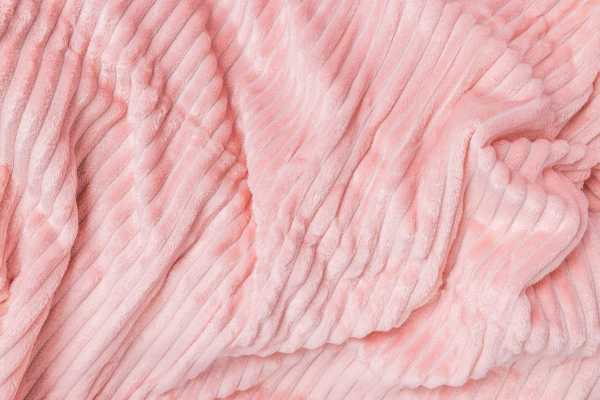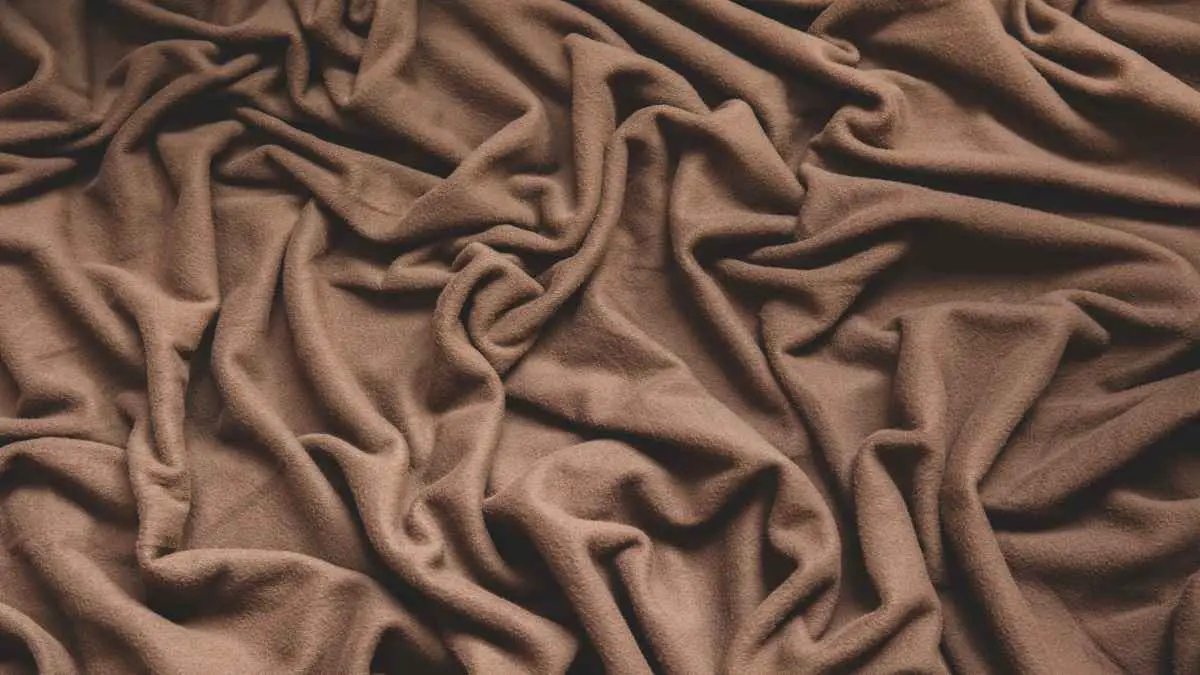The material known as micro fleece was first developed by Malden Mills in 1979, and quickly rose in popularity due to its warmth without bulkiness. Flannel, on the other hand, has a longer history that dates back to the 17th century in Wales.
Originally made from carded wool or worsted yarn, it gained popularity among farmers and manual laborers for its durability and warmth. Today, both micro fleece and flannel are used in a variety of clothing products such as jackets, pajamas, and blankets.
While micro fleece offers added benefits such as quick drying and pill resistance, flannel maintains its traditional appeal for those seeking a timeless material with a distinctive texture and weight. Both fabrics have their own unique characteristics and uses, making them invaluable options for consumers looking for comfortable clothing options.
The flannel fabric we know today has its origins in Wales, where it was traditionally made from carded wool or worsted yarn. In the 18th century, flannel gained popularity as a material for undergarments due to its softness and warmth.
It wasn’t until the 19th century that flannel became a popular fabric for outerwear as well, with actors and businessmen sporting flannel suits. The fabric’s versatility and comfort also made it a popular choice for pajamas and casual wear during this time.
Today, flannel is still widely used in both fashion and home furnishing with new fabrics such as cotton flannel being introduced to meet consumer demand. Though flannel may have humble roots, it has certainly established itself as a beloved fabric in modern times.
How is Micro Fleece and Flannel Made ?


Blankets are often taken for granted, but their construction is actually quite complex. The first step in the manufacturing process is selecting the fabric. Popular options include micro fleece for its warmth and flannel for its softness.
The fabric is then cut into large panels and stitched together, often with a decorative border. Next, the blanket is heated to bond the layers together and ensure durability. Finally, any decorative features such as embroidery or fringe are added before the blanket is packaged and shipped to retailers.
From start to finish, creating a cozy blanket takes careful attention to detail and a deft hand in the sewing room. It’s no wonder why these beloved bedding essentials have history stretching back to ancient civilizations.
Flannel fabric is made from wool, cotton, or synthetic fibers. The fibers are first spun into yarn, which is then woven into a loose textile. To give flannel its signature soft texture and warmth, the fabric is brushed on one or both sides using metal brushes with fine wire teeth. The brushing process also helps to remove any short fibers and Pill any loose threads.
This fluffiness can also be achieved through soaking the fabric in a warm bath of soap or starch and then allowing it to dry while being stretched on an ironing board before being cut and sewn into clothing or other products.
Though flannel was originally used for making garments for farmers and laborers in Scotland and Wales in the 1700s, it has since become popular as cozy loungewear and bedding all over the world thanks to its warmth and comfort.
The weight and thickness of Micro Fleece and Flannel Fabric
When it comes to fabric weight and thickness, flannel is unsurprisingly on the heavier end of the spectrum. Its dense weave and fuzzy texture make it warm and comfortable, but it can also be bulky and difficult to work with.
Micro fleece, on the other hand, is much lighter in weight, with a smooth surface and tight weave. It may not provide quite as much warmth as flannel, but it is easy to sew and drapes well. In general, flannel’s heavyweight makes it suitable for cold weather garments while micro fleece is best suited for lightweight layering pieces.
Both fabrics have their own unique benefits, but ultimately it all boils down to personal preference and the specific project at hand.
What Micro Fleece and Flannel best used for ?

When deciding between microfleece and flannel fabric, it’s important to consider the purpose for which the material will be used. Microfleece is lightweight and highly insulating, making it an excellent choice for outerwear and blankets. On the other hand, flannel is thicker and more durable, making it a better option for shirts and pants.
In addition, microfleece tends to pill easily with use and washing, whereas flannel can withstand heavy wear without losing its texture. Ultimately, both fabrics have their own unique benefits, but it’s important to choose the right one for your specific needs.
Pros and cons of Micro fleece and Flannel fabric
When it comes to choosing fabric for your next sewing project, microfleece and flannel both offer unique pros and cons. Microfleece is known for its softness and warmth, while flannel is often chosen for its durability and breathability.
However, microfleece may not hold up as well in the wash and has a tendency to pill, while flannel can be difficult to sew with due to its thickness. In the end, it all depends on the specific needs of your project.
If you’re looking for warmth and a plush feel, microfleece might be your best bet. But if longevity is a priority, flannel could be the way to go. Both fabrics have their own unique advantages, so consider all factors before making your decision.
Which fabric is better ?
When choosing between microfleece and flannel fabrics, it really depends on personal preference and the desired outcome. Microfleece is a synthetic material that is lightweight, soft, and water-resistant, making it a popular choice for clothing and bedding. Flannel, on the other hand, is a traditional woven fabric made from wool or cotton. It’s warm, durable, and often has a brushed surface for extra coziness.
Ultimately, both fabrics offer unique benefits and can be used for various purposes. It’s up to the individual to determine which fabric best suits their needs. Whichever you choose, both microfleece and flannel are great options for keeping warm during the colder months.
Which is Softer Fleece or Flannel ?

When it comes to the softness of fabric, flannel and fleece are both popular choices. However, fleece is generally considered to be softer than flannel. This is due to the fact that fleece is made from synthetic materials such as polyester, which have a softer feel than flannel’s cotton or wool fibers.
Fleece can also be brushed or napped during the manufacturing process, further enhancing its softness. However, flannel has its own advantages such as greater durability and warmth, making it a better option for colder climates. Ultimately, the choice between flannel and fleece ultimately comes down to personal preference and the intended purpose of the fabric.
Fleece vs. Flannel: The Differences
The first thing to know about fleece and flannel is that they are made from different materials. Fleece is typically made from polyester, while flannel is usually made from cotton. This means that fleece is more durable and less likely to shrink or pill over time, while flannel is softer and more comfortable next to the skin.
Fleece vs. Flannel: The Benefits
Both fleece and flannel have their own unique benefits. Fleece is a great choice for those who are looking for something that will last longer and hold up better to wear and tear. Flannel, on the other hand, is softer and more comfortable, making it a good choice for those who want something that feels good against the skin.
So, which one is better? Fleece or flannel ?
In the end, it really depends on what you’re looking for. If you want something that’s more durable and will last longer, then fleece is the way to go. If you’re looking for something that’s softer and more comfortable, then flannel is your best bet. Whichever you choose, you can’t go wrong!
In the end, it is up to you which fabric you choose. Both have their own unique set of pros and cons that may make one better for your specific needs than the other. Hopefully this article has helped you understand the differences between cotton and linen a little better so that you can make an informed decision when purchasing your next piece of fabric.
